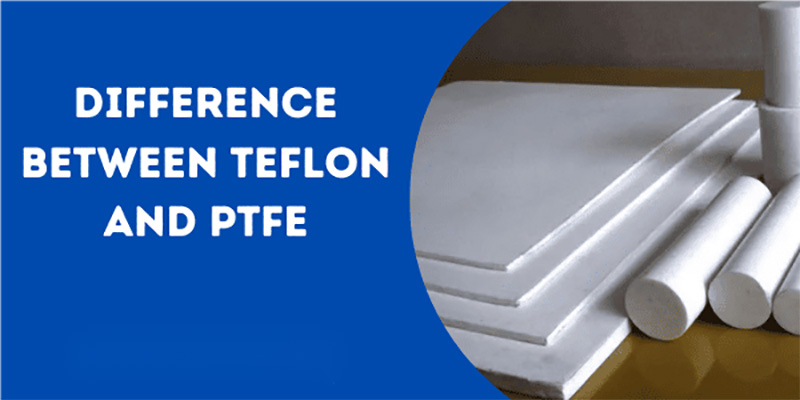When choosing a polymer for their products, clients often have questions about PTFE vs. Teflon: what is the difference between the two? Essentially, the only difference lies in the name. PTFE is the shortened name of the chemical polytetrafluoroethylene, and Teflon is the trade name of the same polymer. If you are looking for a highly flexible, non-stick material that is chemical, electrical and thermal resistant, look no further than PTFE.
The History of Teflon
In 1938, a DuPont chemist named Roy J. Plunkett accidentally discovered Teflon while attempting to make a new chlorofluorocarbon refrigerant. DuPont patented the new fluorinated plastic and registered the Teflon trademark in 1945. It was first introduced to the public in 1960 as Teflon-coated (non-stick) frying pans and cookware.
What are the Properties of PTFE?

PTFE has one of the lowest coefficients of friction against any solid known to man
It is hydrophobic, meaning neither water nor water-containing substances wet PTFE
Pure PTFE is almost totally chemically inert and highly insoluble in most solvents or chemicals
It has a large operating temperature range, proving thermally stable enough to be used between -328ºF and +500ºF without degrading
PTFE has a high flexural strength, even at low temperatures
It has high electrical resistance and dielectric strength, especially at high radio frequencies
What are the Applications for PTFE?
Nearly 50% of all PTFE produced is used for wiring in aerospace and computer applications (hook-up wires, coaxial cables, etc.) because of its excellent dielectric properties. Coupled with its high melting temperature, PTFE is the perfect high-performance substitute for the weaker and lower-melting-point polyethylene typically used in low-cost electrical applications.
For industrial use, PTFE’s low friction lends itself to plain bearings, gears, slide plates, and other applications with sliding action of parts, outperforming both acetal and nylon in these functions. PTFE makes longer-lasting, higher-performance parts that reduce friction, wear, and energy consumption of machinery, lower maintenance costs, and increase the lifetime of both parts and machinery.
Due to its high temperature rating and extreme non-reactivity, PTFE is often used as containers, expansion joints, liners in hose assemblies, industrial pipelines, and other applications involving corrosive and reactive chemicals.